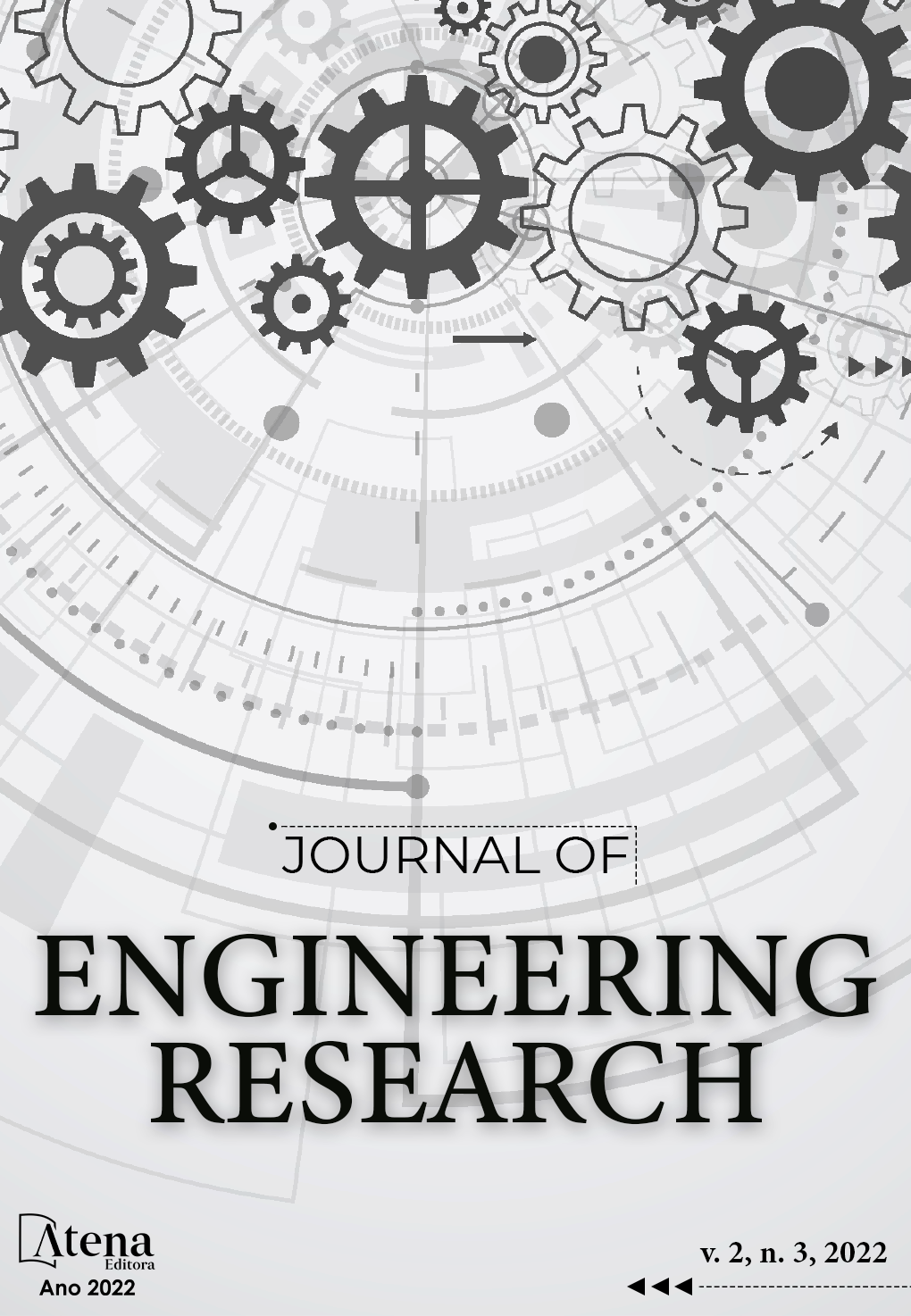
MEJORAMIENTO DEL PROCESO DE PRODUCCIÓN UTILIZANDO TÉCNICAS Y GUÍAS DE EVALUACIÓN EN ANÁLISIS DE RIESGOS ERGONÓMICOS
El proyecto tuvo como finalidad aumentar la seguridad y bienestar de los trabajadores, mejorando el proceso ergonómico, con el propósito de crear una cultura de validación de diseños de estaciones de trabajo. Inicialmente se detectaron en un módulo de la empresa riesgos laborales derivados de un diseño deficiente que provocaban incapacidades, fatigas y renuncias, disminuyendo la seguridad, productividad y calidad de los productos. Se identificó el nivel de riesgo y los factores que provocaban los problemas señalados en la linea de producción generando un mapa de riesgos en el cual se ubicaron las áreas de oportunidad que fueron localizadas mediante herramientas que incluyeron analisis visual, técnicas y guias de Evaluación Ergonómica como RFC, REBA, RULA, estableciendo el grado de severidad de las estaciones que resultaron criticas, generando recomendaciones y realizando una intervención que permitió modificar las estaciones y métodos de trabajo que presentaban riesgos de lesión, ademas de capacitar al personal que así lo requeria, disminuyendo los problemas de seguridad y producción en la línea mediante la comparación de los métricos antes y después de los puntos críticos de la empresa y así corregirlos para disminuir los problemas de seguridad y producción en la línea. El analisis visual y la implementación de guias ergonómicas en la estación fuera de de guia donde se presentaba una actividad repetitiva, permitio rediseñar la estación de trabajo ajustando ayudas visuales, eliminando una tolva y elaborando una redistribución de la estación de trabajo, Una vez efectuada lo anterior, se realizó un re análisis con las guías evaluando posturas, extremidades superiores e inferiores, tronco, cuello, muñecas, antebrazos corroborando que ya no era una estación crítica.
MEJORAMIENTO DEL PROCESO DE PRODUCCIÓN UTILIZANDO TÉCNICAS Y GUÍAS DE EVALUACIÓN EN ANÁLISIS DE RIESGOS ERGONÓMICOS
-
DOI: 10.22533/at.ed.317232210022
-
Palavras-chave: Evaluación Ergonómica, RFC, REBA, RULA, guias ergonómicas
-
Keywords: Ergonomic Evaluation, RFC, REBA, RULA, Ergonomic guides
-
Abstract:
The purpose of the project was to increase the safety and well-being of workers, improving the ergonomic process, with the purpose of creating a culture of validation of workstation designs. Initially, occupational risks derived from a deficient design were detected in a module of the company that caused disabilities, fatigue and resignations, reducing the safety, productivity and quality of the products. The level of risk and the factors that caused the problems indicated in the production line were identified, generating a risk map in which the areas of opportunity were located, which were located through tools that included visual analysis, techniques and Ergonomic Evaluation guides such as RFC, REBA, RULA, establishing the degree of severity of the stations that were critical, generating recommendations and carrying out an intervention that allowed modifying the stations and work methods that presented risks of injury, in addition to training the personnel that required it, reducing safety and production problems on the line by comparing the metrics before and after the critical points of the company and thus correct them to reduce safety and production problems on the line. The visual analysis and the implementation of ergonomic guides in the station outside of the guide where there was a repetitive activity, allowed to redesign the work station adjusting visual aids, eliminating a hopper and elaborating a redistribution of the work station. above, a re-analysis was performed with the guides evaluating postures, upper and lower limbs, trunk, neck, wrists, forearms, corroborating that it was no longer a critical station.
-
Número de páginas: 11
- María Leticia Silva Ríos
- Jorge Tomás Gutiérrez Villegas


